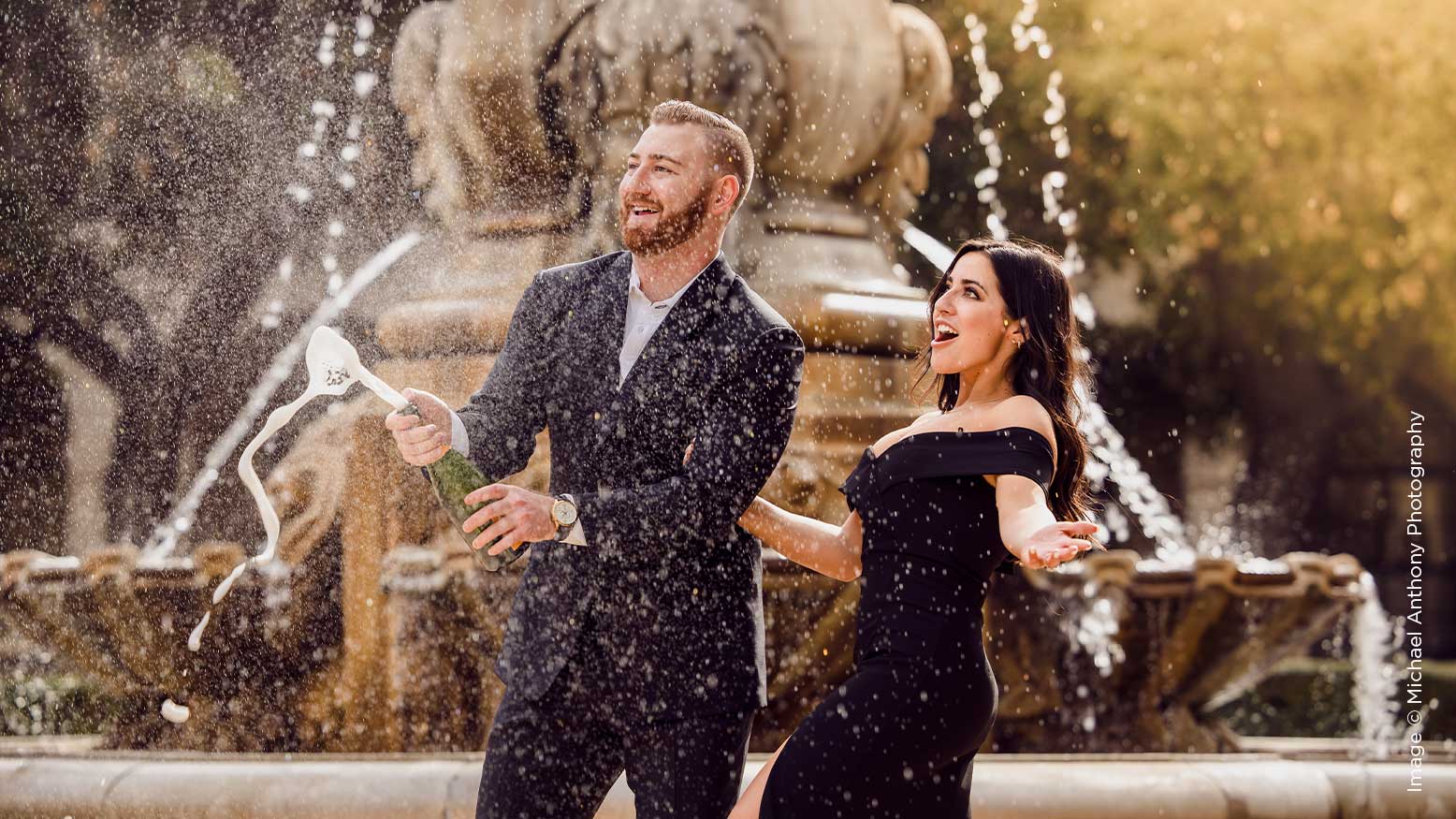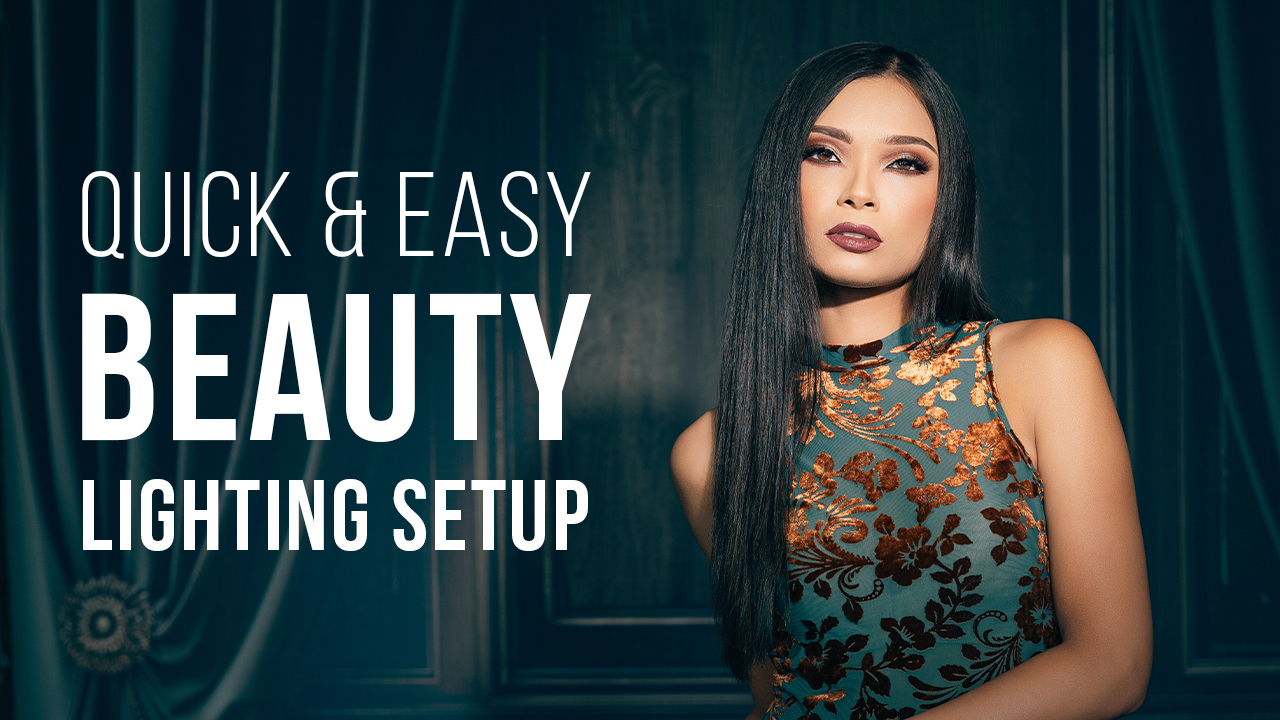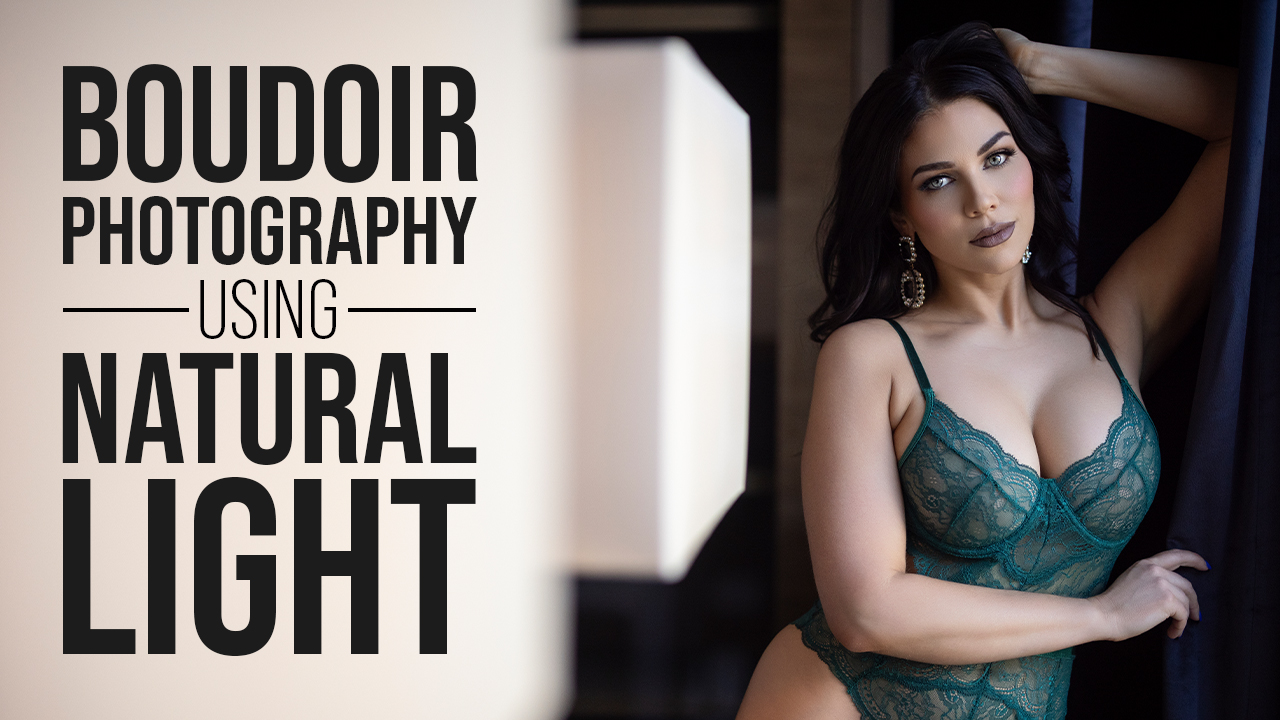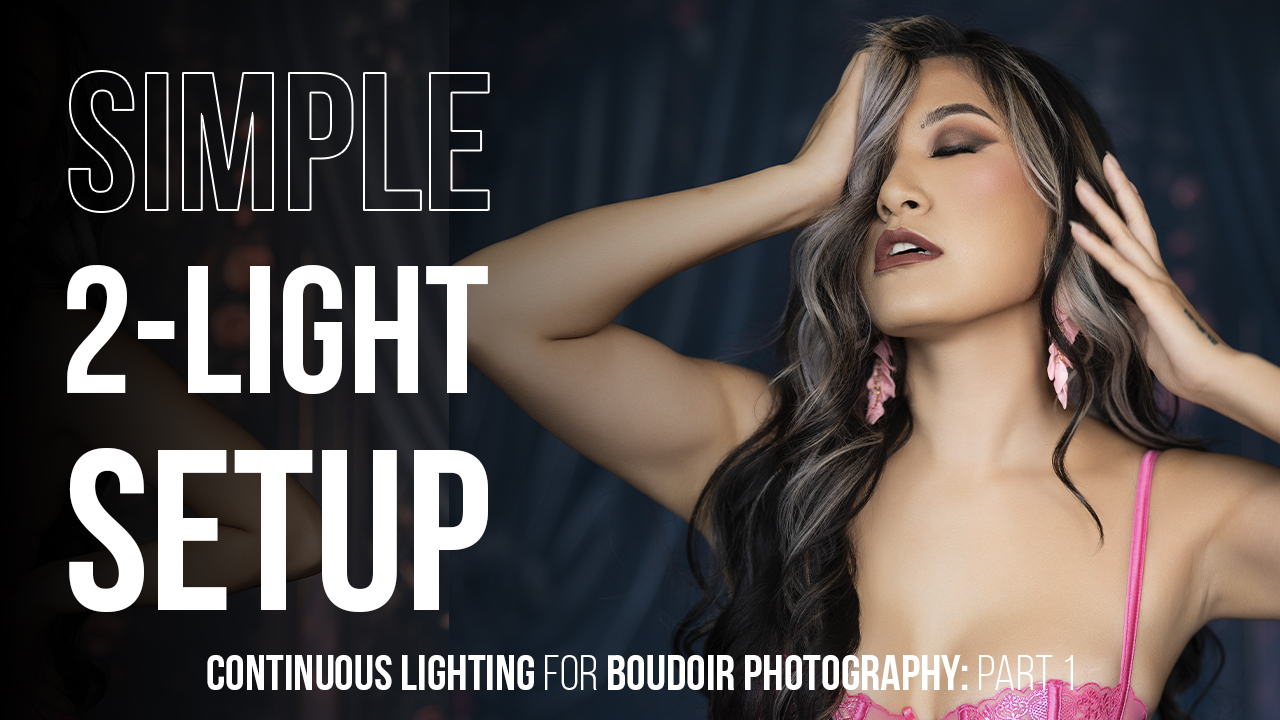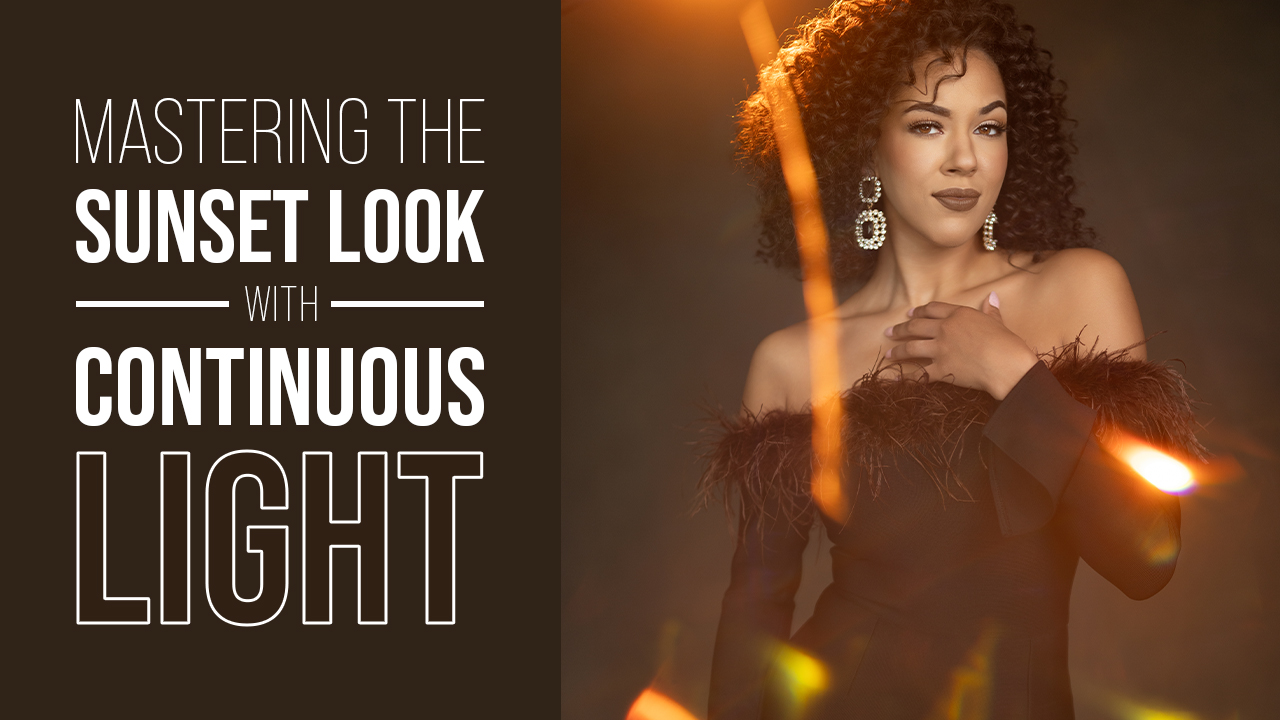5 Reasons to Use Creative Lighting with Michael Anthony
In today’s age of high dynamic range cameras and increased knowledge of postproduction software, photographers are beginning to rely less and less on the fundamentals of lighting. I can tell you firsthand that our studio built a foundation of its success on the ability to use creative light in any situation. Lighting, in my opinion, is the first thing that we should learn as professional photographers. Lighting will dictate the location that you shoot in as well as the overall style that you are trying to achieve.
Lighting has allowed our studio to stand out in the second-most-competitive market in the world. Even though there are thousands of options for clients to choose from, our studio has retained a consistent flow of new clientele throughout the years. The reason is that we can utilize creative lighting to create captivating images that supersede clients’ expectations.
Our studio is in Southern California, the capital of the “natural light photographer, bright and airy, creamy and dreamy hipster shooter.” And rightfully so—for me to deny that there is a demand for that type of photography in my area would be foolish. However, rather than fit in with the masses, I’ve always tried to differentiate our studio, and light has always been the key component to doing so.
So, with all that being said, let me give you five different reasons why I believe you should learn to use artificial light in the most creative way possible.
1. Creative lighting will help you stand out in your market
My market is not unique; no matter where you live, I guarantee that any market has many photographers. We are in an industry that is creative and fun, and has very little barrier to entry. Unfortunately, with that recipe, that means there will be a lot of competition. But fortunately for you, the riches are in the niches. The laws of supply and demand dictate that if you differentiate yourself and offer something so unique that clients have a hard time finding it, the demand for your product will be so great that your prices can only go up. I’m not saying that lighting by itself is going to give you that differentiation, but it will at least open the door through your portfolio for clients to find you and start a further conversation.
By utilizing creative lighting to bring attention to your subject within a composition, you can direct the viewer anywhere you need them to go. Light shaping gives you much more creative freedom to tell the stories that you want to tell.
2. Creative lighting helps to bring out excellence in your craft
No matter what type of photography you shoot, you will rarely have control over the scenarios that you shoot in without being able to craft light. Let’s take the natural light photographer as an example. If they are relying on natural light to photograph family portraits outside in a park, generally there will be very little reflective light to create directionality on subjects. Natural light outdoors in open shade tends to leave your subjects with a two-dimensional look that is often imitated even by amateur photographers. What makes your images look unique and different is the ability to create a three-dimensional look in a two-dimensional medium. By using even a small amount of flash, you can help to create that three-dimensional appearance, bring light into your subject’s eyes and saturation into their skin, and give your images that little extra pop that people are willing to pay big money to have.
3. Being able to shape light around your subjects creates more flattering pictures
Our job is to inspire confidence in our subjects. It is a very difficult job considering society’s beauty standards today; however, at the end of the day, our goal is to make our clients love the way they look. Using light creatively with direction allows you to create shadows, and shadows help to slim down our subjects and create texture in their clothing or body. The highlights created by directional light will also bring attention to their face, which will help the viewer of your image get to the subject much quicker.
By utilizing creative lighting, you can also photograph your subjects within larger scenes because you’re able to darken your background and brighten your subject independently of each other. This allows you to create sellable portraits that show off the location you are currently shooting with them. Creative lighting is especially useful for wedding photographers, because often people spend a lot of money to book their venue, so taking scenic portraits allows you to show that off.
4. Understanding how to use lighting will allow you to work in more environments
If you are a natural light photographer, you’re going to have a very hard time photographing a reception that is outdoors at night. Furthermore, if you don’t understand how to use color, you’re going to be dealing with mixed lighting that pollutes your subject’s skin tones. By understanding how to place and shape light, you will be able to either mimic natural lighting when appropriate or craft lighting that looks cinematic or theatrical.
We probably book 10 to 15 weddings a year just because our clients can see in our portfolio that we are proficient at working in darker environments. Also, the ability to work in dark environments allows us the opportunity to sometimes photograph weddings during the winter months when we would otherwise be very slow.
But more importantly than just being able to help us make more money, understanding how to use lighting allows me to deliver a finalized product no matter what situation I am working in. This last New Year’s Eve, I photographed a wedding inside a warehouse, where the couple utilized advanced projection mapping to create a moving enchanted forest on all four walls of the space. Any flash that we could have utilized would have washed out the scenery, but without light, the subjects had patterns projected onto them.
With just basic knowledge of light, we would’ve under-delivered on our client’s expectations. But instead, to deal with the situation, we placed very controlled light patterns on our subjects during creative portraits. This allowed us to eliminate the issue without the light spilling upon the background. This was one of the most difficult weddings I have ever photographed. However, I can guarantee that we will have a situation like this again in the future, just as you will eventually if you are photographing weddings.
Going into a situation like that with the confidence that you know how to deal with it is worth every penny for keeping your stress level low and your client’s images amazing.
5. Creative lighting enhances your client’s experience
Utilizing creative lighting will allow you to overdeliver on your client’s expectations by taking a scene that looks one way in real life and transforming it into something that looks theatrical in photos. Every single one of your clients will usually start their dialogue with you by telling you that they are not photogenic. This usually means that the photos they view of themselves do not represent the way that they believe they look. However, if you can take a scene and transform it utilizing creative lighting by darkening your background, brightening your subjects, and creating highlight and shadow, you will be able to take that self-perception and meet the standards that many people hold themselves to.
It’s important to remember that we are not selling photographs. Photographs are just a part of the overall experience that our clients are buying from us. The sooner you understand that, the more successful your business will be. If we deliver on our clients’ expectations by offering them beautiful photos, a great experience, and a lifetime of memories, we will create customers for life who will be more than happy to refer us to their friends and family.
At the end of the day, photographic style is not the same thing as creative lighting. Lighting itself is not a style, but rather a technique that every photographer should learn to master. Once you understand the technique, then you can apply that technique to your style however you see fit. I love brighter images as much as I like the dark and dramatic stuff that our clients know us for. It is true, however, that almost every image in our portfolio has had the light manipulated in one way or another. Learning how to master lighting to shape it around your subjects and your scene will give you the creative freedom to go bring your vision to life.

